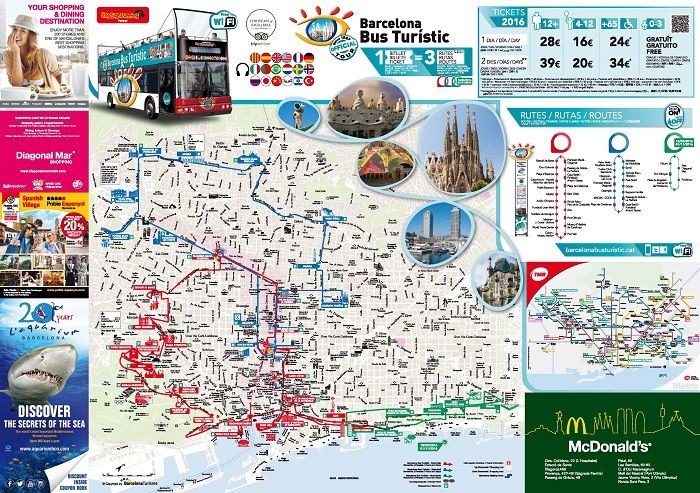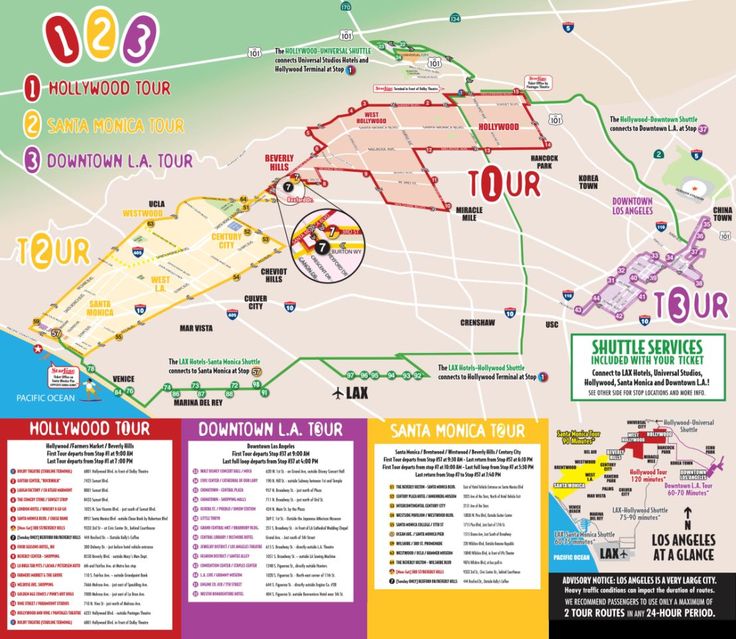Official Hop On Hop Off Bus Tour Routes
Download map
The Barcelona City Tour is the city’s official hop-on hop-off tourist bus service that will let you discover the city from a new perspective thanks to our double-decker open-top buses. All of Barcelona with the ease and convenience of two unique routes.
BARCELONA BUS TOUR ITINERARY
From July 2021 until further notice, our Barcelona Hop On Hop Off Bus will run both the Orange/West route and the Winter Green/East route (instead of the Summer Green route).This tour visits emblematic places such as Gòtic, Port Vell, Paseo de Gracia, Sagrada Familia, Park Güell or Torre Agbar, among other points of interest.
- Hours: 09:00 to 19:00
- Frequency: 9-13 minutes
- First and last run depart from Plaza Catalunya (Stop 1).
Download the app to locate our buses in real time!
* Following local Covid regulations, all passengers must board the bus wearing a mask. See more information at the bottom of this page.
2 routes in Barcelona City Tour
The East Route will take you on a tour of the eastern part of the city of Barcelona as it winds through various places like the Gothic Quarter, the Aquarium, Agbar Tower, the Sagrada Familia and Park Güell.
09:00 – 19:00
9 – 13 min
14 stops
02:00 h
The West Route will introduce you to the western part of the city of Barcelona and runs through several interesting places like the Rambla, the cruise-ship terminal, Montjuic Mountain, the Plaza de España and the Camp Nou Stadium.
09:00 – 19:00
9 – 13 min
19 stops
02:00 h
East Route Green
West Route Orange
Map
menu
List
The Plaça de Catalunya is one of Barcelona’s most important spots, acting as the meeting point between the old part of the city and the Ensanche.
View more
The Port first artificial was remodeled for the 1992 Olympic Games, when it became a Marina for recreational vessels. At the end of the old port you can see the Rambla de Mar,which is a continuation of the popular Ramblas of Barcelona. This avenue give usaccess to a large entertainment area known as the Maremagnum, an island thathas been reclaimed from the sea and converted in to a leisure space with cinemas,restaurants, shops and various recreational areas. Here you will find Barcelona’sAquarium which takes you on an unmissable and fascinating journey to the bottom of the sea. You will see for yourselves that walking through the clear glass tunnel below the shark’s pool is a magical experience.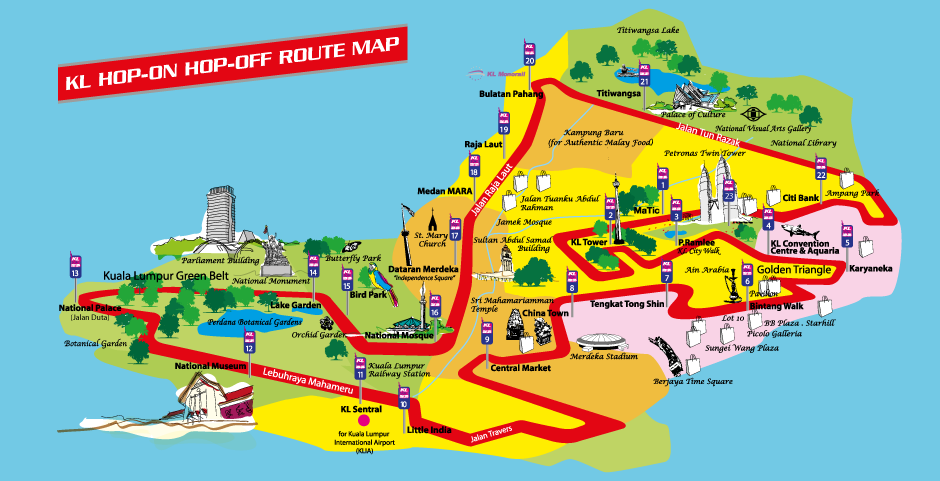
View more
The Palau de Mar or Sea Palace is the only building that remains of the old portof Barcelona, where the old general trade stores of the port were situated. Thelate 19th century buildings were restored before the Olympic Games, becominga diversified space with several restaurants on the ground floor, below theCatalonian History Museum (Museu d’Història de Catalunya). This museuminvites visitors on an interactive journey to the history of Catalunya, from thepre historic times to the present day. From this stop you can also visit the Riberadistrict and El Born district where you can find The Santa Maria del Mar Church,Picasso Museum, The Chocolate Museum, among other interesting places.
View more
Barceloneta land reclaimed from the sea.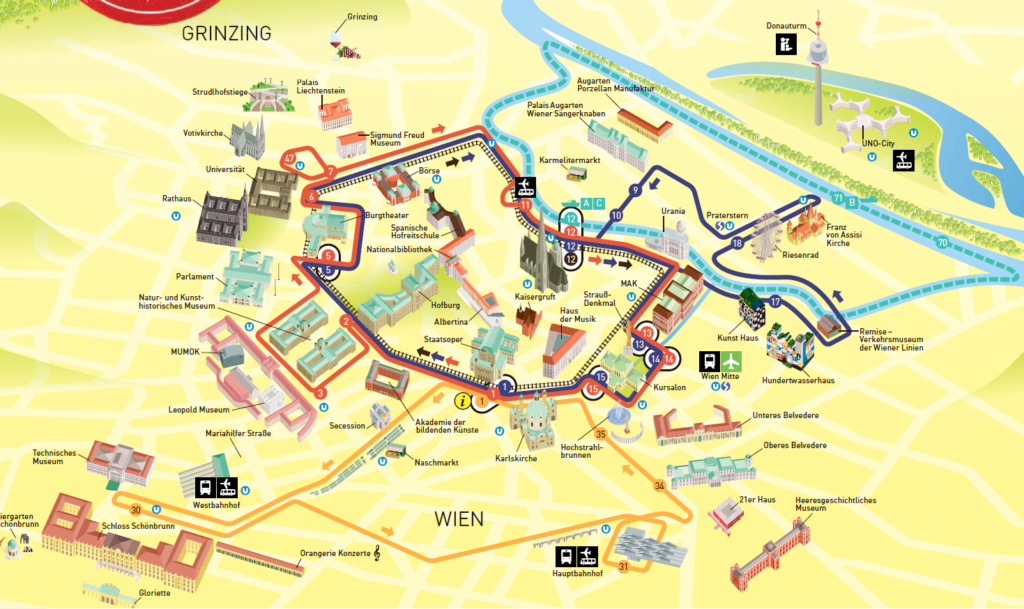
View more
The hosting of the 25th Olympic Games in 1992 meant a great urban transformation for Barcelona.The construction of the Olympic Village or Villa Olímpica wasthe most radical transformation, since it converted a former manufacturingdistrict of the city – Pueblonuevo – into a residential area for athletes and,subsequently, private housing.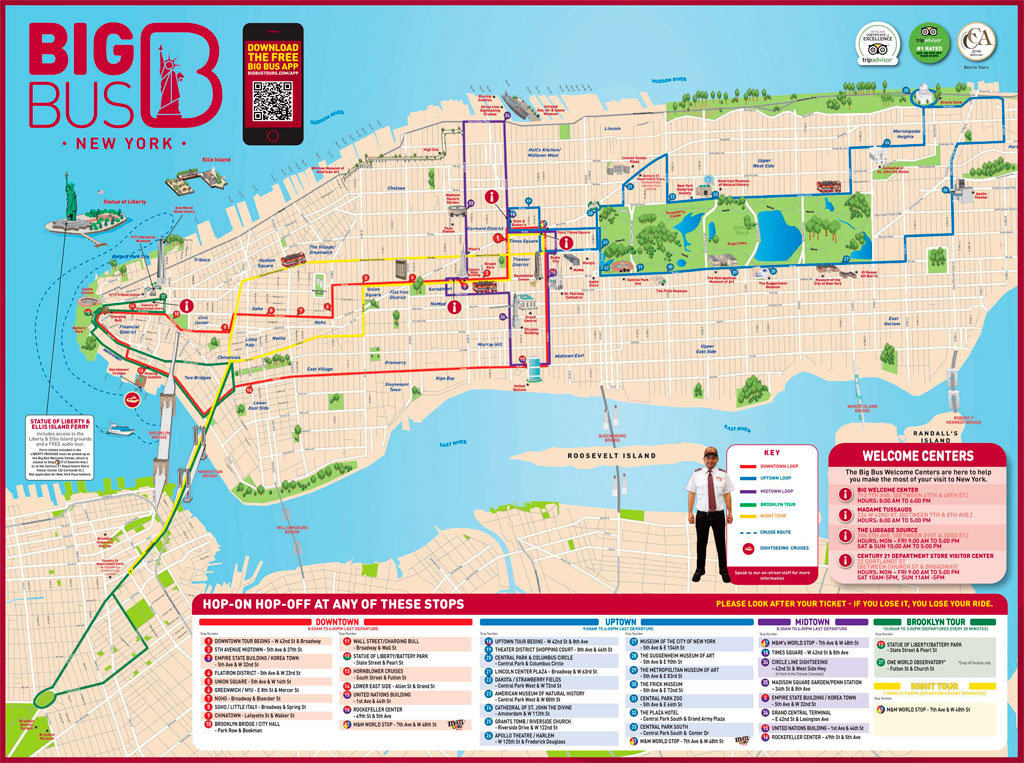
View more
Poblenou was the most important working class district in the 19th century and exposed brick factory chimneys are still visible there, preserved as a memento of the area’s industrial and manufacturing past. A good part of this area was redesigned in connection with the 1992 Olympic Games as a residential district for housing athletes and sportspeople. When the games ended, the accommodation went on sale to the public and it became a new district known as the Vila Olímpica.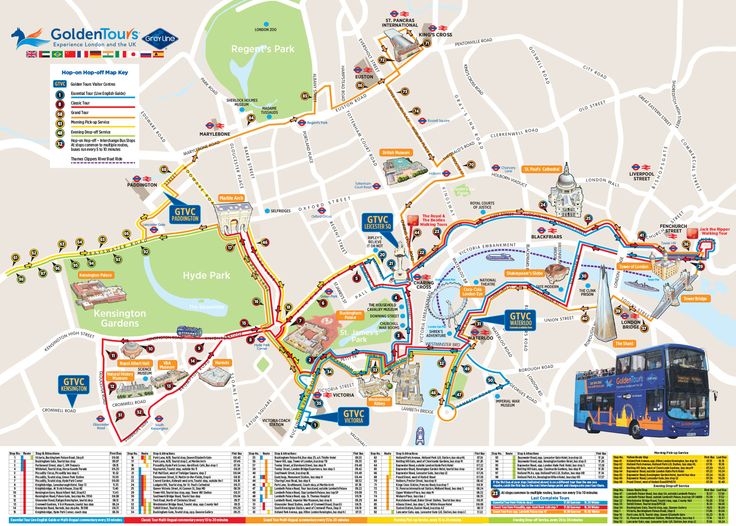
View more
The National Theatre of Catalunya is a large glass building that looks like a GreekTemple. It was inaugurated in 1997 and designed by the famous architect Ricardo Bofill,also famous for other buildings in Barcelona such as the Vela Hotel in La Barceloneta’sdistrict. This building has many classical characteristics; the monumental entrancehall contains 26 columns which evolve the style of a Greek Temple.The Auditorium of Barcelona, next to this building, was designed by the architectRafael Moneo and was inaugurated in 1999. The building was designed as a learningcentre as well as a place to enjoy the music. The origins of the Encants BCN market date back to the 14th century, making it one of Europe’s oldest markets. It is visited by around 100,000 people a week, eager to find bargains amongst its antique furniture, second-hand clothes, books and old records, or collectors’ items.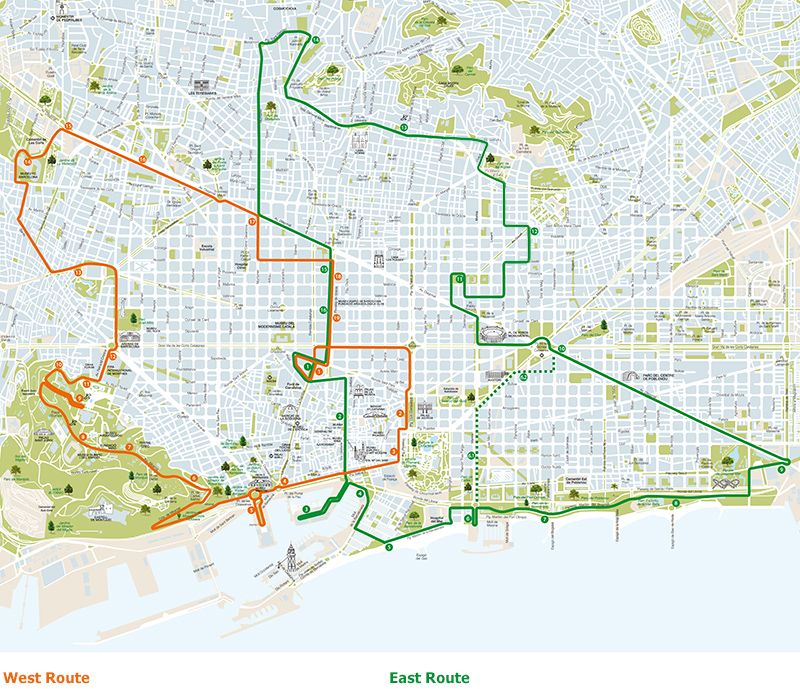
View more
The Glòries Tower is one of the most iconic buildings in the city’s skyline. It was designed by the famous French architect Jean Nouvel, who was inspired by the Montserrat Mountains, the great waterfalls and the blue colour of the Mediterranean Sea.
The building has a surprising facility that can be visited, the Torre Glòries viewpoint. The visit, which begins with an exhibition that will help you understand the city, will take you to a spectacular viewpoint with 360° panoramic views of the city, at a height of 125 metres. The building also has spectacular night-time lighting with 16 million LED bulbs in 40 different colours.
View more
The Temple of the Sagrada Familia is the most popular of Gaudi’s works. He devoted himself exclusively to this project until his death; unfortunately he was only able to construct a small part of it: the apse and the Façade of the Nativity.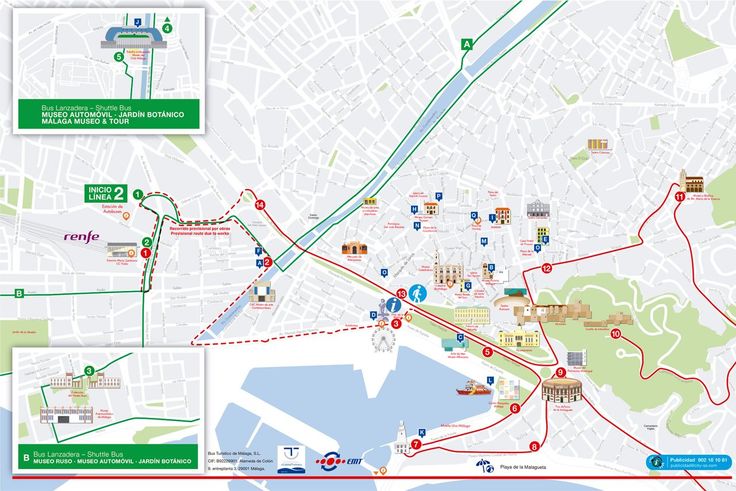
View more
The modernist Sant Pau Centre, built between 1905 and 1930, was designed by Lluís Domènech i Montaner as a city-garden for the sick. After being used as a public hospital for a century, its remodelled pavilions now shine in all their splendour. Visiting this exceptional architectural complex is a unique experience.
View more
This park was constructed at the beginning of the 20th century, thanks to a commission by textiles entrepreneur and patron to Gaudi: Count Güell.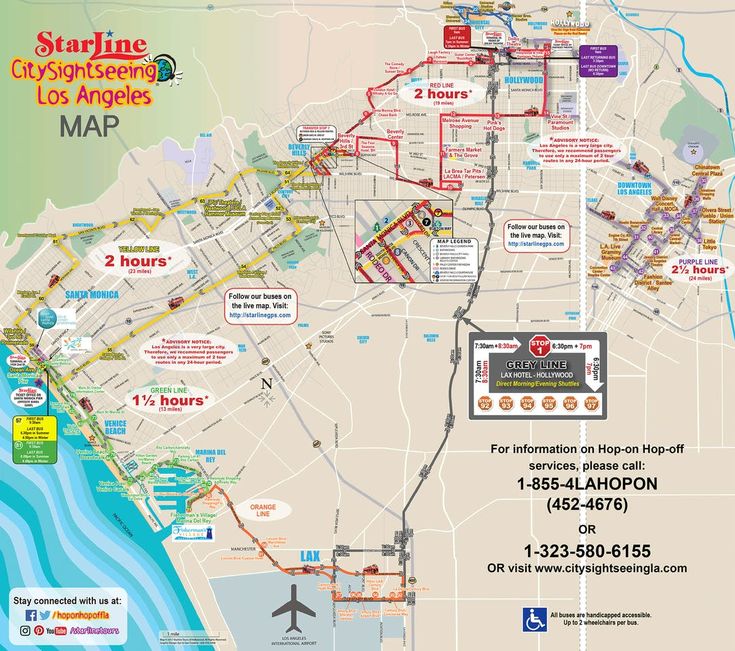
View more
Tibidabo is the highest part of the mountain ranged of Collserola, a greenarea that forms a natural boundary to Barcelona’s growth and worksas a lung allowing air to regenerate in the city. In Tibidabo Avenue the avenue was served by the famous Blue Tram, originally designed forthe transportation of the developments residence, it is now used by touriststo access the Mirablau viewpoint, which offers superb panoramic views ofthe city.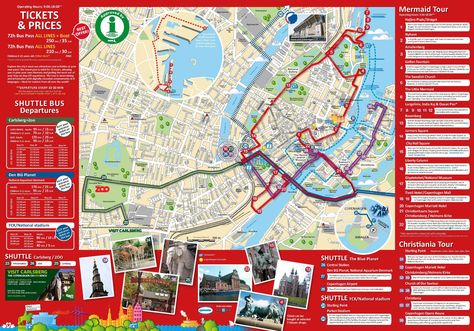
View more
Casa Milá, known as La Pedrera for its stony appearance, was created by Antonio Gaudí between 1906 and 1912, when he was in his creative prime. This spectacular modernist building is located in Barcelona’s centrally-located Paseo de Gracia.
View more
With its roof of colored ceramic scales, Casa Batlló or Batlló House is one of the most charismatic buildings in the “Eixample” District and one of Gaudi’s most characteristic works.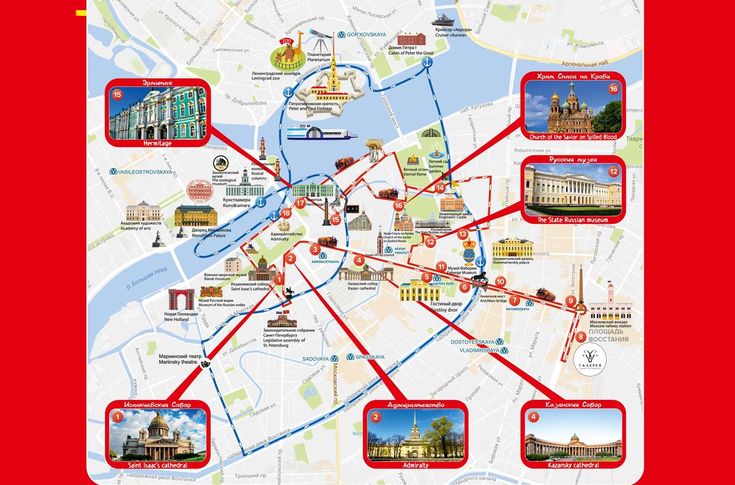
View more
The Plaça de Catalunya is one of Barcelona’s most important spots, acting as the meeting point between the old part of the city and the Ensanche. The plaza is one of Spain’s largest, with a surface area of 30,000 square metres, and marks the starting point for some of the city’s main thoroughfares, like the Ramblas, Paseo de Gracia and Rambla Catalunya.
View more
At the end of Passeig Sant Joan is the Arc de Triomf, a monument designed by Josep Vilaseca y Casanovas built as the entrance to the site of the Universal Exhibition of 1888, the first event of its kind held on Spanish territory. The exhibition, which received more than one and a half million visitors, made it possible to project Barcelona as a city of industry and progress. Very near the Arc de Triomf is the Estació del Nord, one of the city’s main bus stations, and the Palau de Justicia, built in 1908 as the courthouse for the city.
View more
The old Born Market contains 8,000 m2 of archaeological remains of the city from the beginning of the 18th century, which can be seen from the viewing balcony of El Born Cultural Centre. Very nearby is Ciutadella Park, one of the city’s main open spaces laid out on the site of an old military fortress.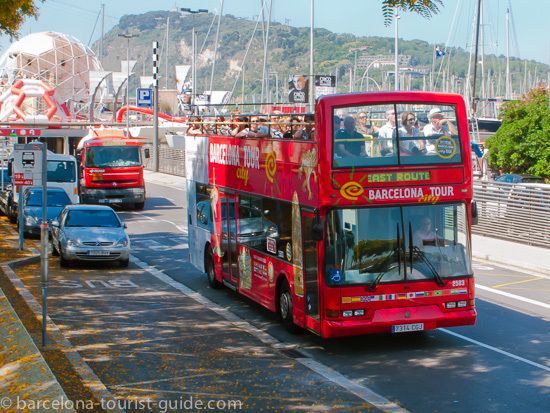
View more
Paseo Colón was the first attempt to connect the city to the sea by means of a large avenue, and it was first opened for the World Fare in 1888. The hosting of the Olympic Games in 1992 meant the recovery of the shorelineand the creation of new beaches, plus the regeneration of the city’s seafront. This renewal included the extension of the promenade along to the new Olympic Port and the construction of the Moll de la Fusta (The WoodenPier), a pleasant avenue lined with palm trees. At the end of The Ramblas and continuing along Paseo Colón we can see the Colombus Monument. You can go for a harbor ride on one of the “Golondrinas” pleasure boats or aboard the modern catamaran “Orsom” or on the Cathelicòpters.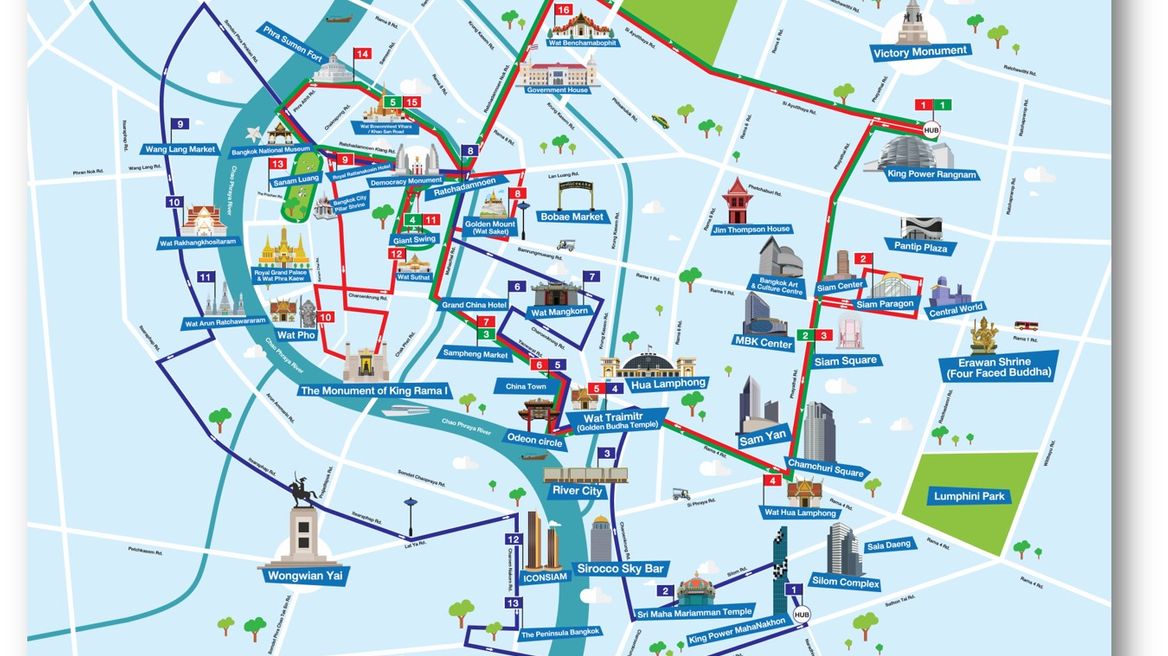
View more
Barcelona is now the number one port for Mediterranean cruise ships thank to the construction of new moorings at the renowned World Trade Center atthe end of the Barcelona Docks. This large urban complex, evoking the shape of a boat is a major business center in the city, housing a large number of offices, a conference and convention center, restaurants and a luxury hotel. Upon entering the dock, there is a tall iron tower. The tower of Jaime II, which is a station for the cable car, opened for the 1929 World fare to link the port and Barcelona with the mountain of Montjuïc.
View more
The Miramar Gardens area an integral part of the Botanical Gardensof Montjuïc and are lay out on a large terrace with a long balustradeoverlooking the port, from where you can see a beautiful panoramic view ofthe coastline.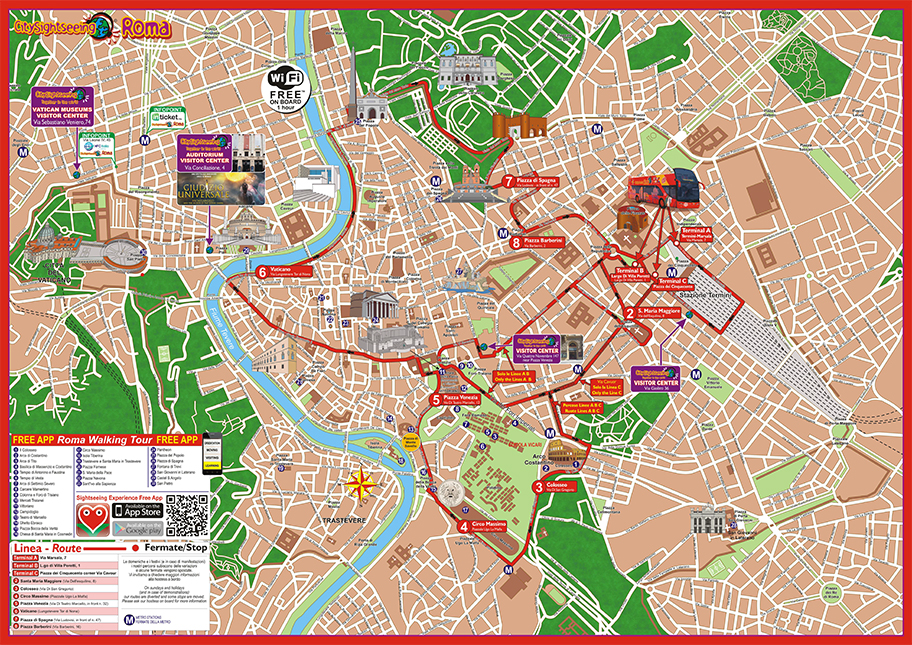
View more
The Fundació Joan Miró is located in Montjuïc Park. It’s the best place to admire and learn more about the work of one of the greatest surrealist artists of all time. The grounds of the foundation are home to more than 104,000 pieces including paintings, sculptures, textiles and ceramics. The documentary collection is a highlight, where you’ll find up to 10,000 resources including preliminary drawings, workbooks, annotations and sketches by the famous Catalan painter.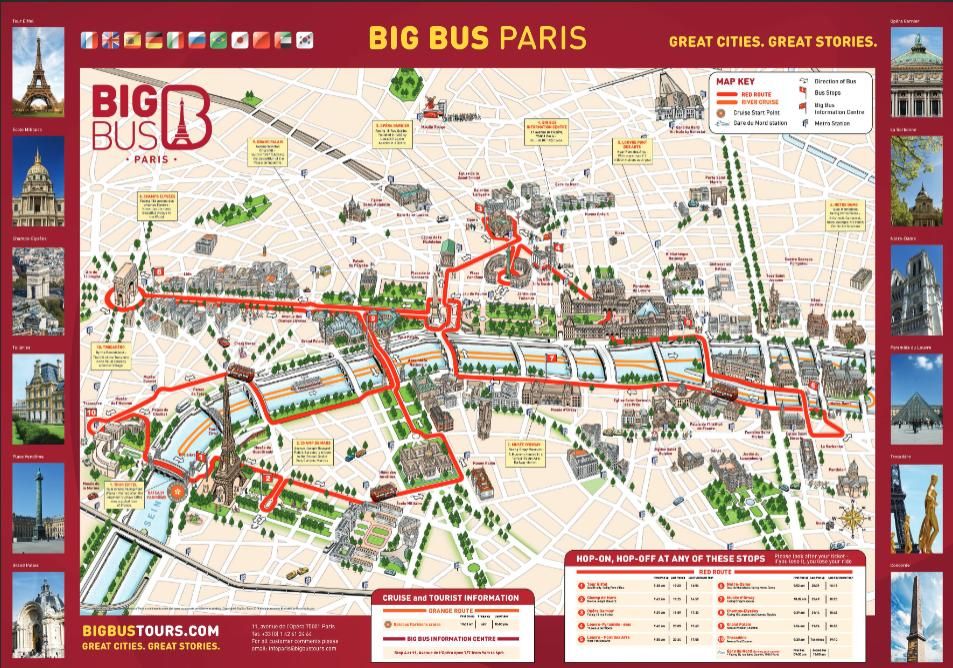
View more
The Olympic area of Montjuïc was the focal point and main sporting area of the 1992 Olympic Games in Barcelona. In this area, which is interconnected by means of squares and stairs we find the two main sports facilities: theOlympic Stadium and the Palau Sant Jordi, nearby are the Bernat PicornellOlympic swimming pools, where the swimming and water polo events wereheld. The Olympic Stadium is a restored building that originally dated back to 1929 and which only the façade remains, but the interior being fullyrefurnished. The Stadium was home of the opening and closing ceremonies. The athletic events also took place there.
View more
MNAC stands for Museu Nacional d’Art de Catalunya. Located in the National Palace, this is a must-see landmark in the city. Visit it and enjoy the extensive and valuable collection. Wonder at the privileged views. Discover works that range from the 11th to the 20th century. Admire its wide collection of Romanesque art, one of the most complete ones in the world. Learn about Catalan modernism. See works by Velázquez, Picasso, Fortuny, Gaudí, Dalí… When you finish your visit, take a stroll down to Plaza de España to continue your trip.
View more
he PobleEspanyol was desingned for the 1929 World Fair, according to an originalidea by Modernist architect Puig i Cadafalch.
View more
The Mies van der Rohe Pavilion is an emblematic work by architect Ludwig Mies van der Rohe and a benchmark in 20th-centuryarchitecture. The so-called German Pavilion was originally designed in 1929 for the Barcelona International Exhibition.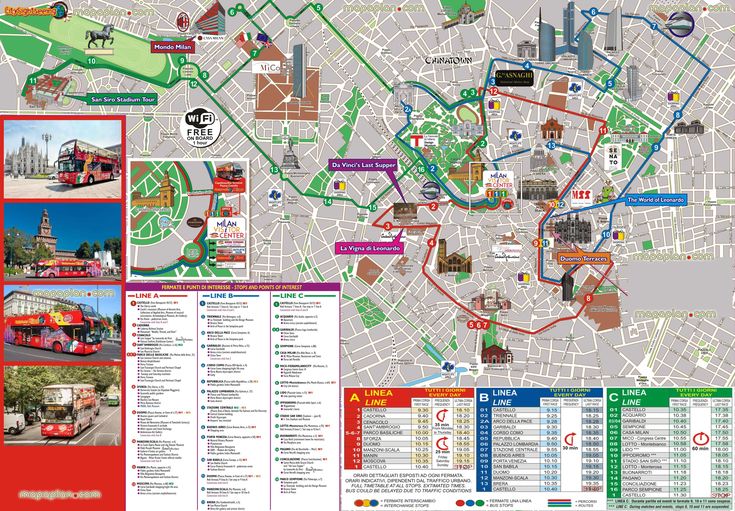
View more
Plaza España, where the Venetian towers are situated, was the entrance to the enclosure of the 1929 World Fair. One of the most popular symbols of the exhibition, combining light, water with sound is known as the Magic Fountain, designed by Carles Buigas. Arenas de Barcelona is one of the main axes of the city that uniquely combines the conservation of the facade of 1900’s Neomudéjar bullring.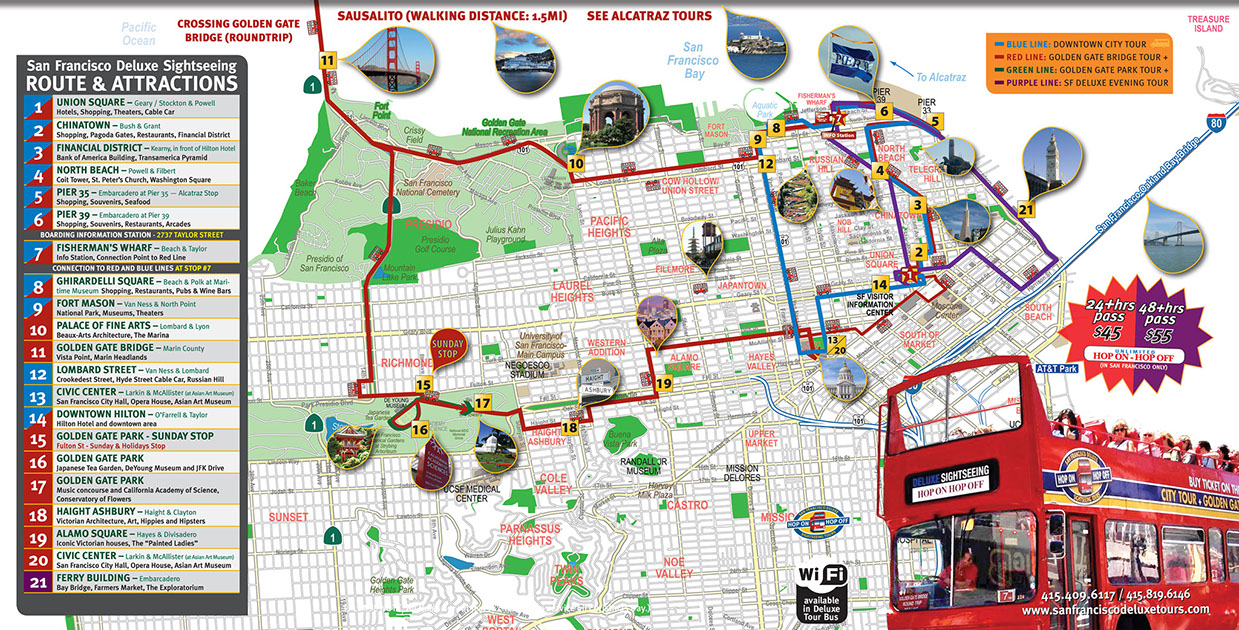
View more
Here you will find the central station of the railway network of Barcelona and is where you can also find one of the city’s bus station and the Ave highspeed train. Next to it is the Spanish Industrial Park, which dates back to the manufacturing past of the district of Sants. In fact, the Park was built on the site of one of the main textile factories of the 19th century which was knownas “El Vapor Nuevo” (The new Steam) or “La España Industrial”. Constructed in 1846, this factory once employed people from all over Spain. Also we can see one interesting urban-desing intervention of the mid-eighties: The Plaça dels Països Catalans, the city’s first “hard square”.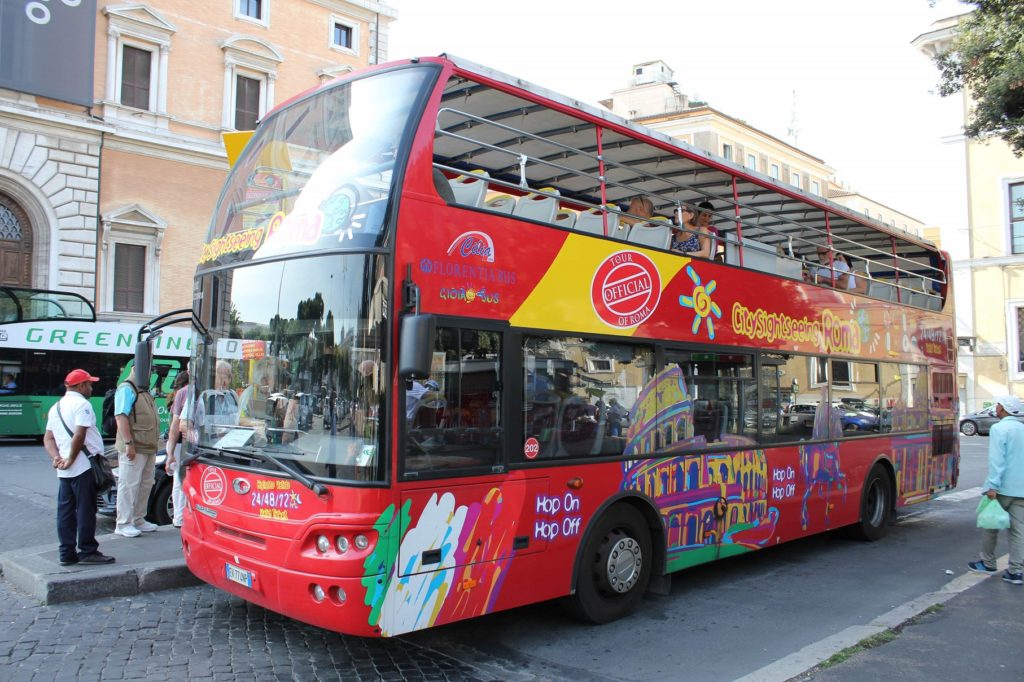
View more
Futbol Club Barcelona was founded in 1899, and is popularly known as Barça. The Camp Nou project dates back to 1954 although it wasn’t inaugurated until 1957 substituting the old Les Corts Stadium, which dated back to 1922. Within the installation of the stadium you will find a Museum that boasts to having over one million visitors a year which allows you to discover the secrets and titles of the club, also you will find the FCBotiga Megastore, where you will find all kinds of memorabilia and official merchandise. Why not take the tour of the museum and stadium and discover all the secrets of the Camp Nou Stadium: the dressing rooms, the director’s box, the pitch, etc.!
View more
Avenida Diagonal is a large avenue that crosses the entire city from east to west.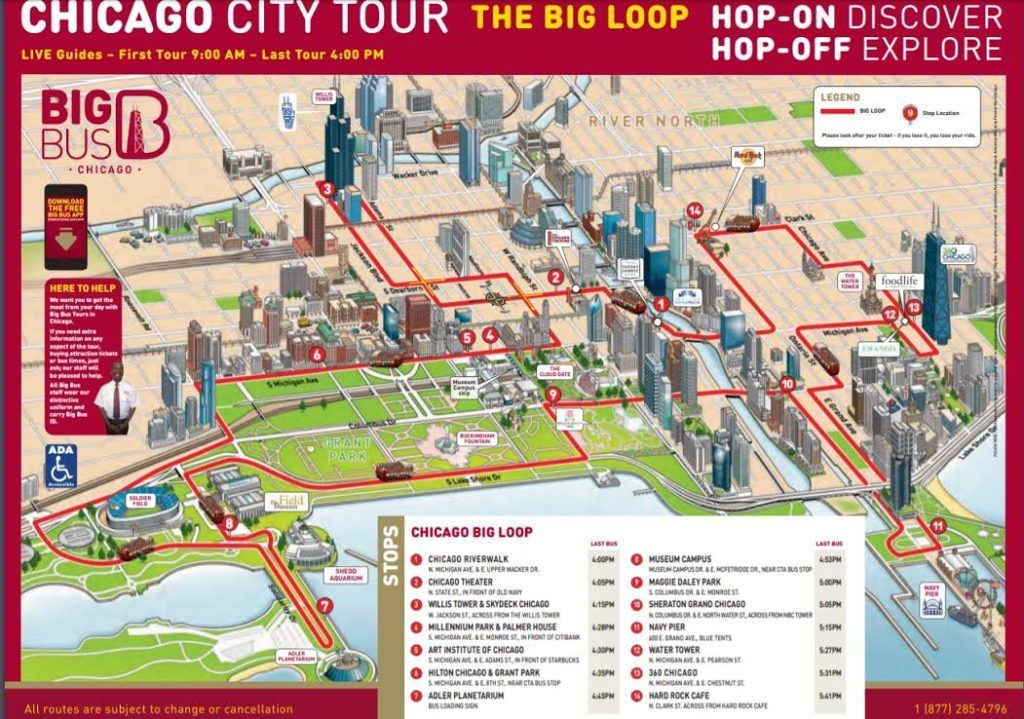
View more
Avenida Diagonal is home to a concentration of office buildings, hospitals and shopping centers, among them L’Illa Diagonal, built in the 1990s by the architects Rafael Moneo i Manuel de Solà-Morales. The rationalist-style building has become one of the most characteristic images of the Diagonal area. As well as a big commercial centre with more than 170 shops and restaurants, L’illa Diagonal complex includes two four star hotels, two schools, a sports centre, dance hall and a conference centre.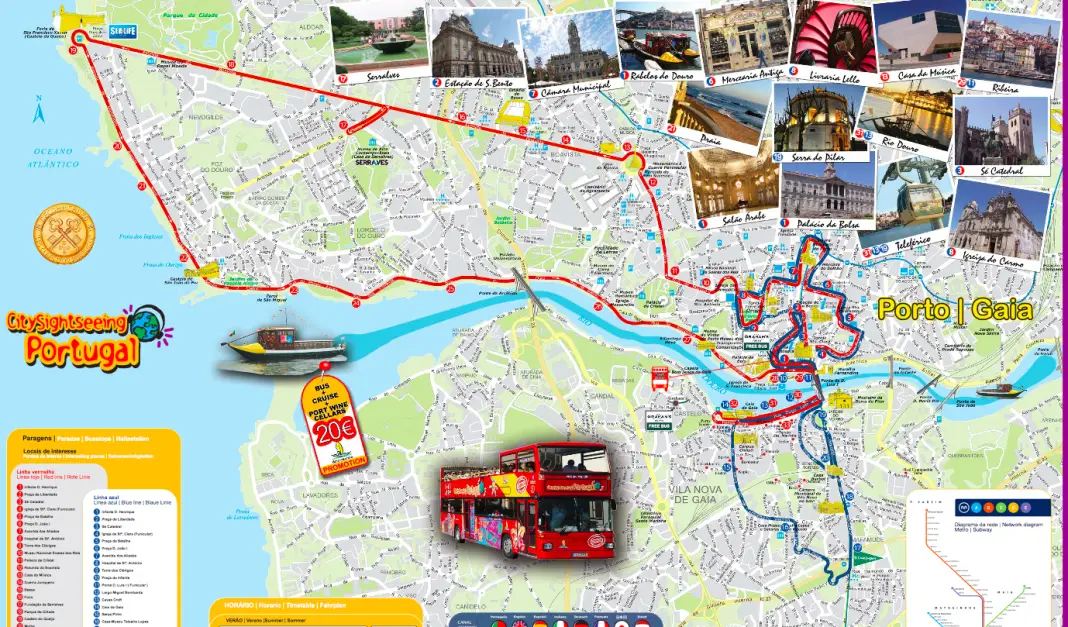
View more
Avenida Diagonal is one of the widest avenues in the city, along with the Gran Vía de las Corts Catalanes thoroughfare. Designed in the mid 19th century by Cerdà, it crosses the entire city diagonally until it reaches the sea. The original project by the creator of the “Ensanche” proposed that the avenue wouldreach the sea, and this was finally carried out in 2004. The celebration of theUniversal Fòrum of Cultures was the main motive for its completion. The most famous international brands have their boutiques on this part of the Diagonal, which is part of the city’s shopping line.
View more
Casa Milá, known as La Pedrera for its stony appearance, was created by Antonio Gaudí between 1906 and 1912, when he was in his creative prime.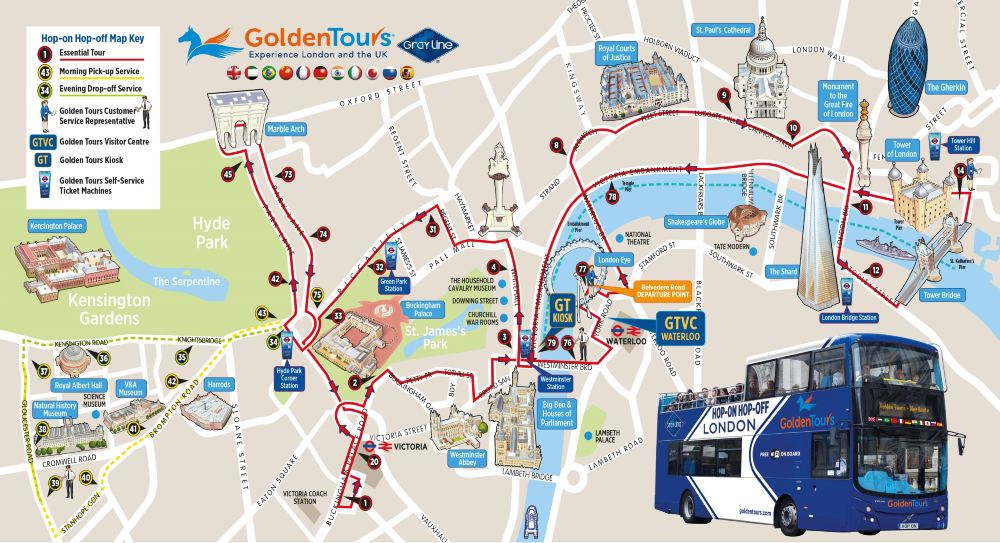
View more
With its roof of colored ceramic scales, Casa Batlló or Batlló House is one of the most charismatic buildings in the “Eixample” District and one of Gaudi’s most characteristic works.The highly original façade is topped by ceramic tiles reminiscent of fish scales, in a rhythmicsequence that is set to resemble the backbone of a dragon. The circle Block of Discord is formed by Casa Batlló by Antoni Gaudí, Casa Amatller by Josep Puig i Cadafalch and Casa Lleó I Morera by Lluís Domènech i Montaner, which stands on the corner and it is crownedby an arbor. Nearby, you’ll find the Godia, housed in a magnificent building, the Museu del Modernisme Català, which showcases one of the finest collections of furniture, painting and sculpture from this period, and the Fundació Antoni Tàpies, an example of the early modernista architecture.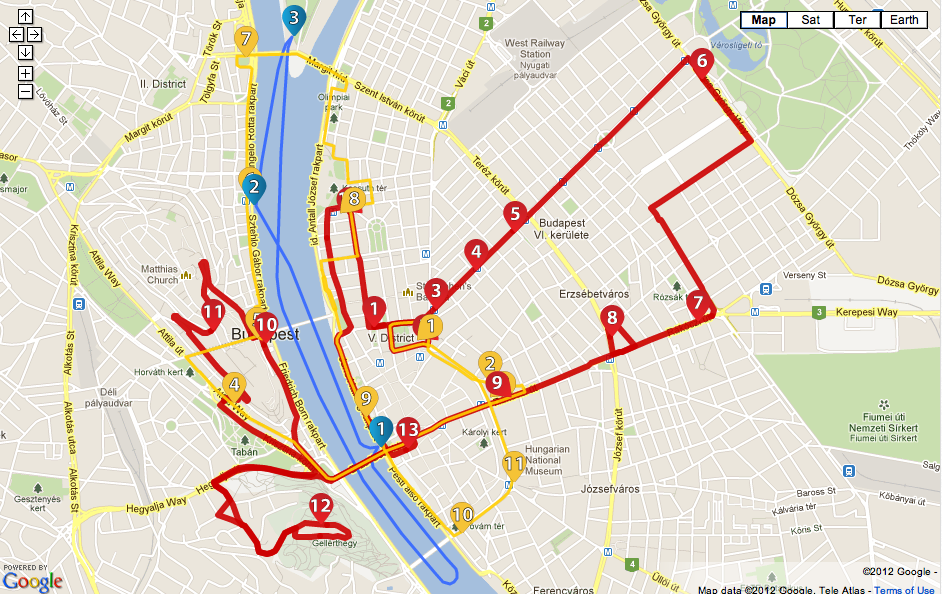
View more
Schedule:
Nearest stops…
Bus Services maps & hours
Barcelona City Tour is an official Barcelona’s sightseeing tour, with a panoramic deck affording unique views over both the old and the new Barcelona.
Using your ticket as often as you want over the course of either one or two (consecutive) days, you can hop on and off at any of the 35 stops along our two routes, which divide the city into Green/East and Orange/West.
Plus, while onboard the Barcelona City Tour you’ll receive a discount book that you can use in restaurants, stores, guided tours, transport and many other attractions.
Barcelona hop on hop off map & brochures
When you board the bus, you’ll be given a brochure with a plan of the city and details of the routes with a description of the stops.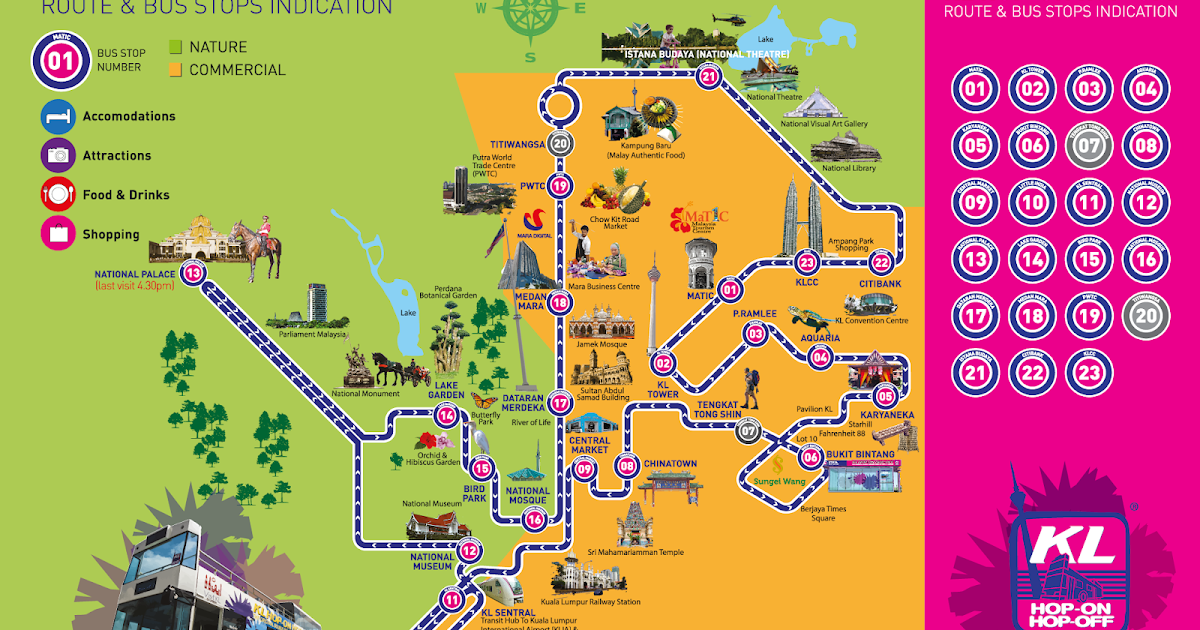
Download Map
Hop On Hop Off Barcelona Hours
We offer an uninterrupted service throughout the year, except for Christmas Day (25 December) and New Year’s Day (1 January). The approximate duration of the routes is 2 hours for the Orange/West Route and 2 hours 25 minutes for the Green/East Route.
Winter
- Duration: The estimated time for both routes is around 2 hours.
- Departure time: The bus tour starts at 9:00 a.m. and the last tour starts at 7:00 p.m. from Stop 1, on Plaça Catalunya.
Summer
- Duration: The approximate duration of the routes is 2 hours for the Orange/West Route and 2 hours 25 minutes for the Green/East Route.
- Departure time: The bus tour starts at 9:00 a.m. and the last tour starts at 7:00 p.m. from Stop 1, on Plaça Catalunya.
Service frequency varies between 7 and 25 minutes, depending on the time of the year.
Pre-recorded audio guide in 15 languages
Each bus has an automatic audio guide system in 15 languages providing information on each point of the trip.
- Spanish
- Catalan
- English
- French
- German
- Italian
- Portuguese
- Russian
- Hindi
- Chinese
- Dutch
- Japanese
- Arabic
- Swedish
- Hebrew.
All you have to do is plug in the free headphones we’ll give you and enjoy finding out about the city.
The fleet of double-decker buses
Barcelona City Tour boasts a fleet of 40 double-decker buses with a panoramic upper deck affording a unique view of the city.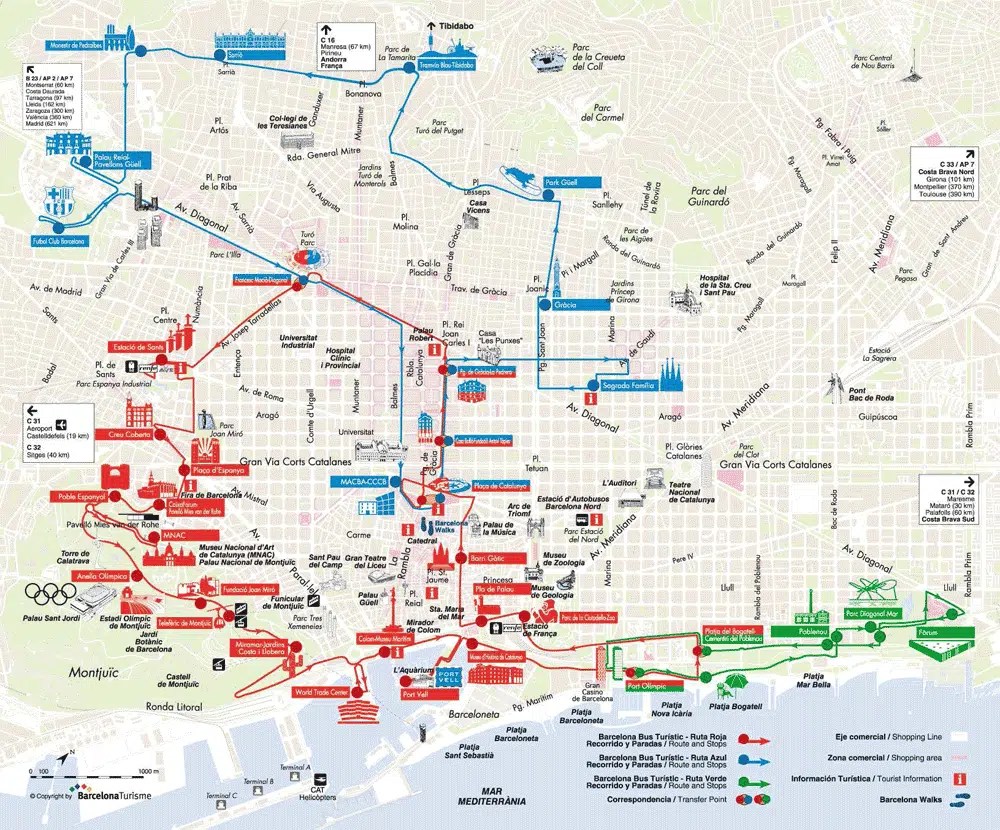
To ensure that those with reduced mobility can also enjoy the service, all our vehicles are equipped with a ramp accessing the rear door and a space set aside for wheelchairs, a continuous low floor platform and a quick kneeling system that tilts the vehicle to the right.
To ensure a smooth service, all passengers should enter by the front door and exit from the rear. Also, our buses have two sets of stairs linking the two levels: the front one should be used to go up and the rear one to go down, to save time and make our trips even more enjoyable.
The Barcelona City Tour buses meet all EU emissions regulations.
Free on-board Wi-Fi
Our buses feature free Wi-Fi, so you can surf and keep yourself informed as you travel with us.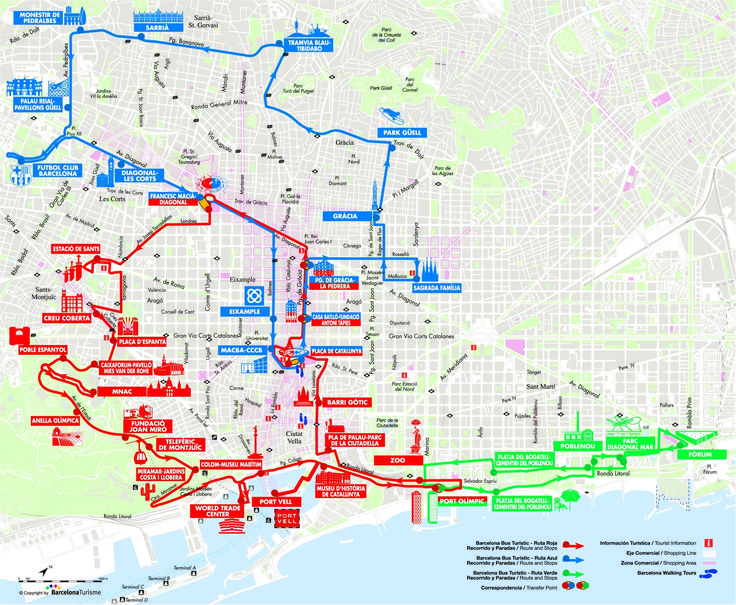
Sliding roof
In the case of rain, our staff will cover the upper deck so you can continue to enjoy the route, even when the weather turns nasty.
Audio in 15 languages
All tickets include a set of standard headphones and a pre-recorded audio guide controlled by our on-board staff.
Accessible vehicles
Space designed for persons with reduced mobility
Brochure
You will be given an information brochure when you get on one of Barcelona City Tour’s Hop-on Hop-off buses.
Hop-On Hop-Off service
Discover Barcelona with your own custom itinerary.
Discover the city at your own pace and create your own tour of Barcelona with the hop-on hop-off service offered by the Barcelona City Tour. Get on and off our buses as often as you like for as long as your ticket is valid and explore the many tourist attractions the city has to offer.
The Barcelona City Tour tourist buses offer two different routes, the East/Green and the West/Orange route, so you can travel all over the city. Both routes will take you to the city’s most renowned tourist attractions so you can get off the bus wherever you want to explore the city in depth. You can then get back on the bus at any of the 35 stops along either of the Tour’s two routes.
Barcelona City Tour makes it easy to get to know the city in a way that’s different, comfortable and tailor made. Check out our map to see the various stops of the tourist bus and the points of interest. You can also download the free mobile app available for the Barcelona City Tour so you can have the information with you at all times.
Real time bus location on our App
Get the City Tour Worldwide app to find our buses and trains in real time, locate the stops and find out what’s around you.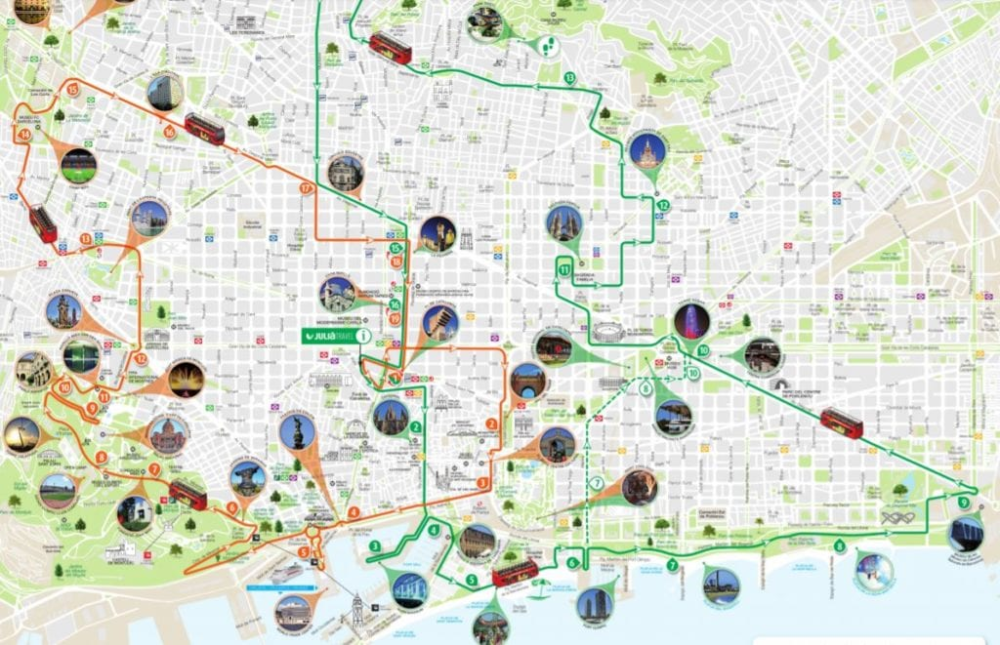
Barcelona Card and Hop on Hop Off Tourist Bus
Tourist Information Guide
Page
Q: Can you use the Barcelona Card to travel on double-decker hop on hop off coaches?
A: The Barcelona Card is only valid for free public transport. This includes metro, FGC, local buses, and RENFE trains in Zone 1. At the time of writing, the Barcelona Card does not entitle you to a discount when purchasing a Hop On Hop Off Tourist Bus ticket from any of the Barcelona Tourist Bus operators.
| Hop-on Hop-off tour bus |
The sightseeing buses take you to many places of interest in Barcelona, where using the Barcelona Card you can either get a free entry ticket or a reduced entry rate, depending on the promotions in progress. However, the Barcelona Card does not cover the cost of using the Barcelona tourist buses.
Detailed view of the tour bus
Additional information about the Barcelona Card
Another advantage of the sightseeing bus is that you have a free printed guide including discount coupons for entrance tickets to many attractions.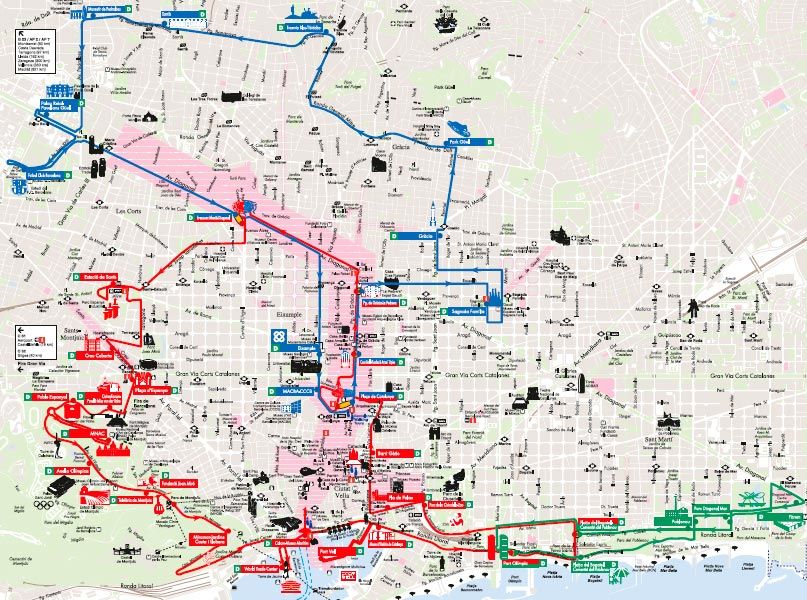
Did you know that you cannot take your luggage on the Hop on Hop off tourist bus. Therefore, before you get on the tourist bus, you need to check in your luggage at the luggage room. Follow the link below to find and book your luggage storage in the city center near a tourist attraction.
Find a luggage storage facility to store your luggage
How do I buy tickets for the Hop-on Hop-off sightseeing bus?
You can purchase tickets for the Hop-on Hop-off sightseeing bus online in advance of your trip by clicking the link below. After submitting your order, simply print out your booking voucher and show it to the driver on the day you decide to take the tour.
The Hop-on Hop-off sightseeing bus takes you to the main sights of Barcelona. At the same time, you do not need to plan a route and buy separate transport tickets.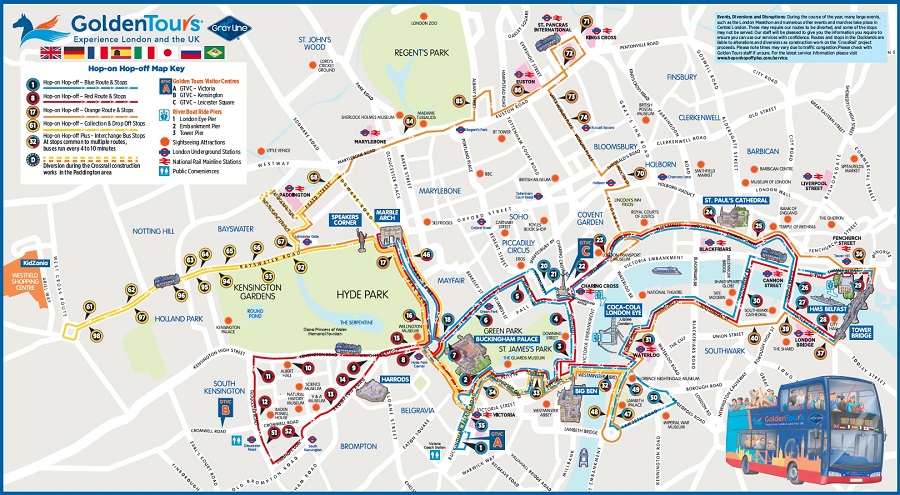
What you get:
| You will see the main sights of Barcelona – nothing needs to be planned. | |
| You can get off the bus and board it at any of the attractions. | |
| Free printed guide with discount coupons for entry to many attractions. | |
| Audio commentary on all attractions in 13 languages. | |
| Free Wi-Fi on the bus – you can access the Internet from your mobile devices. | |
| The bus runs every 8-15 minutes, which saves time. |
Click to book tickets for the Hop on Hop Off Tour Bus
Top of page
Hop on Hop off Tourist Bus or Barcelona Card?
Tourist Information Guide
SITE MENU
HOME
AIRPORT
TRANSPORT
DIGITAL CITY PASS
SITE MAP
Page Content
Q: Barcelona Card sounds good for us while we’re in town, but the Hop on Hop Off Tourist Bus is fine too.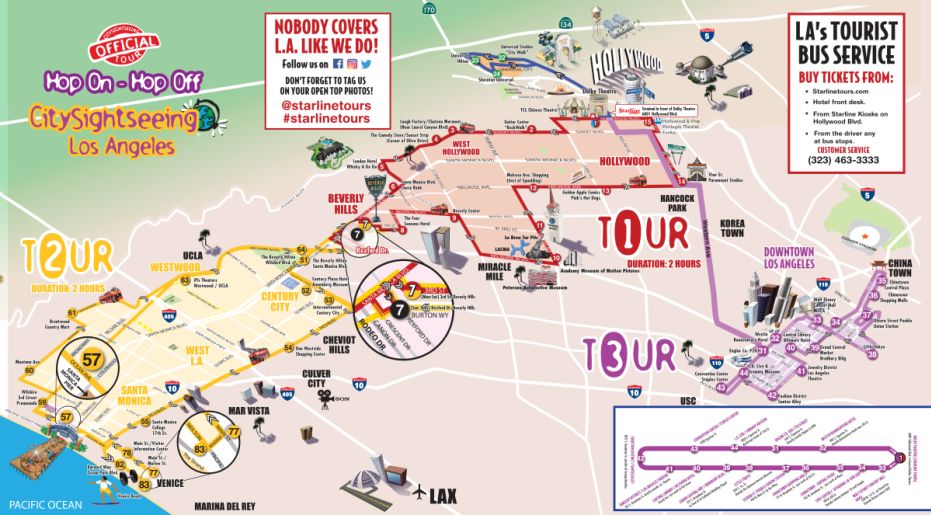
A: I will give a universal answer. The choice between the Barcelona Card and the sightseeing bus depends on how carefully you plan your trip. If you don’t feel like planning or reading before your trip, take the tour bus because it’s already scheduled and you can see all the main sights.
| Hop-on Hop-off tour bus |
However, there are many tourist attractions in Barcelona that you may not be interested in, or you may want to see only some of the sights and not others.
If you plan ahead for what you want to see, the Barcelona Card is a good option as you get free unlimited transport in central Barcelona plus discounted entry to many major tourist attractions. You can get to the place of interest much faster by metro than by tourist bus. The metro is fast, clean and efficient, plus the traffic is not a problem for the metro. Another advantage of the Barcelona Card is that you can use it for all bus and metro journeys. This means that when you go somewhere in the evening, you can also use the Barcelona card for public transport. Something you can’t do with a tour bus.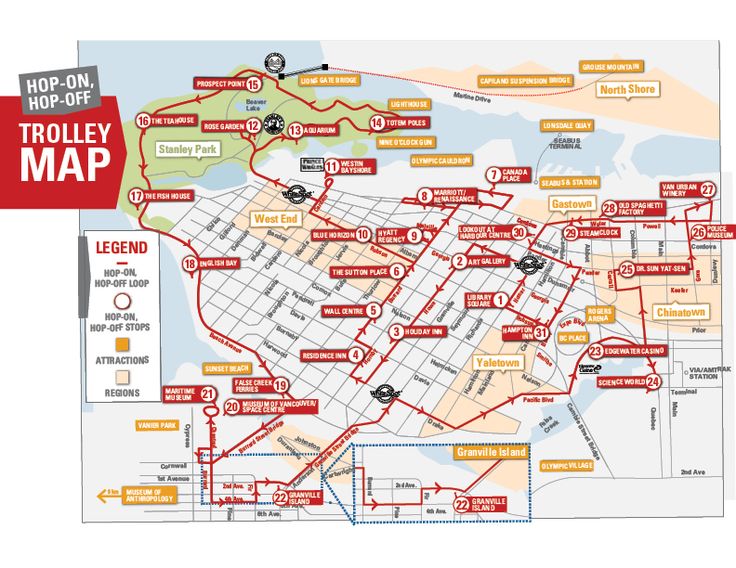
Low cost ticket
Another alternative would be to get a Barcelona Transport Card instead of a Barcelona Card. The transport card entitles you to unlimited travel on Barcelona’s main public transport options such as the metro, tram, bus and TMB bus or the RENFE train to the airport. It does not entitle you to travel on the Aerobus (airport bus). This card can be bought for the duration of your visit to the city. Unlike the Barcelona Card, the Barcelona Transport Card does not entitle you to any discounts on attractions or establishments.
For travel to your specified destinations, you can use the Barcelona Card on the metro or regular bus routes, however we are unable to advise on individual routes due to the volume of inquiries we receive.

